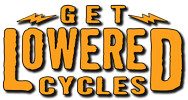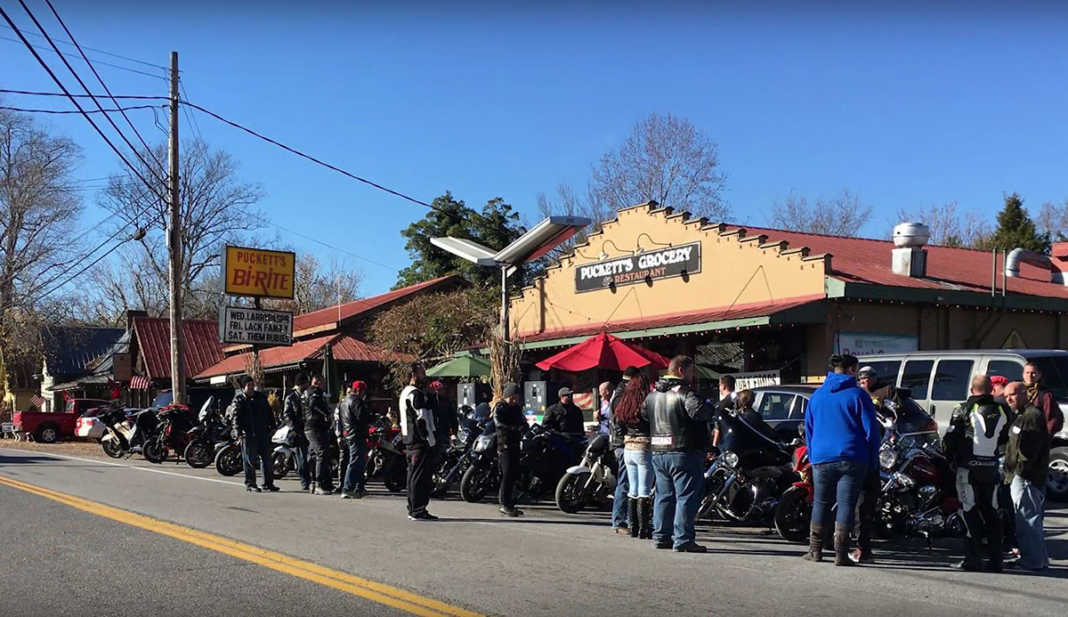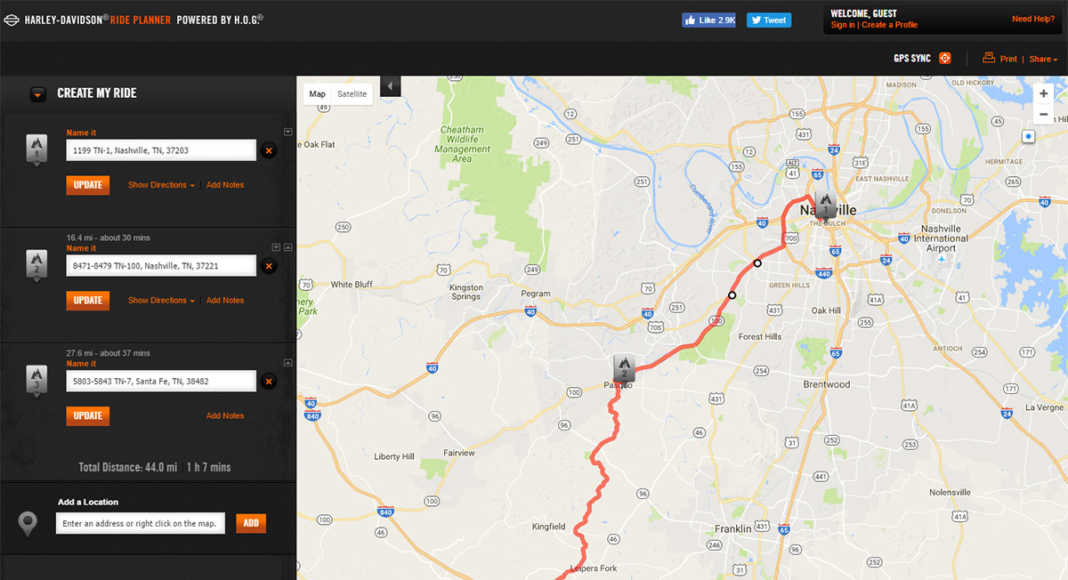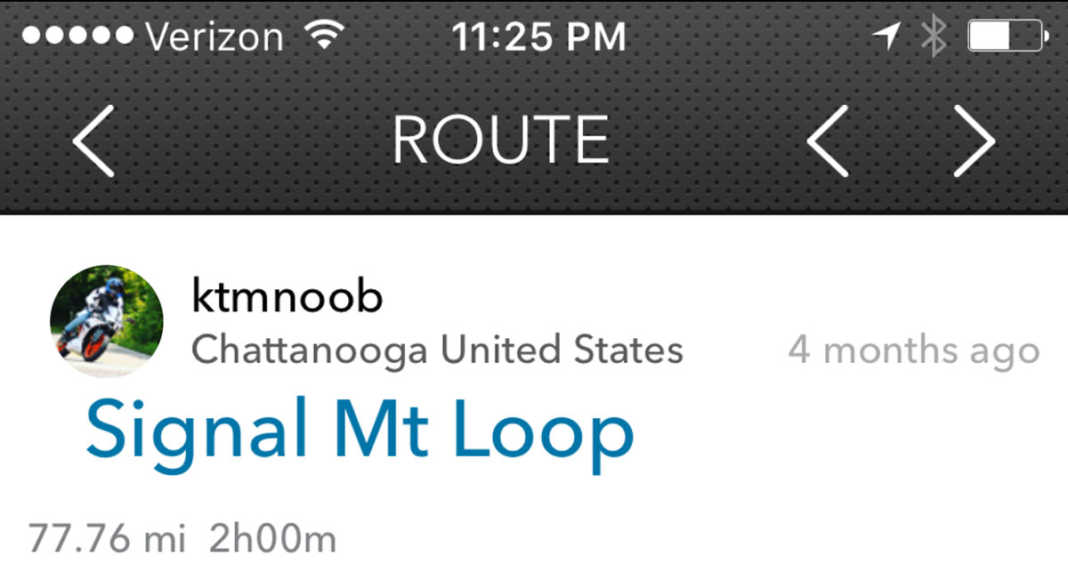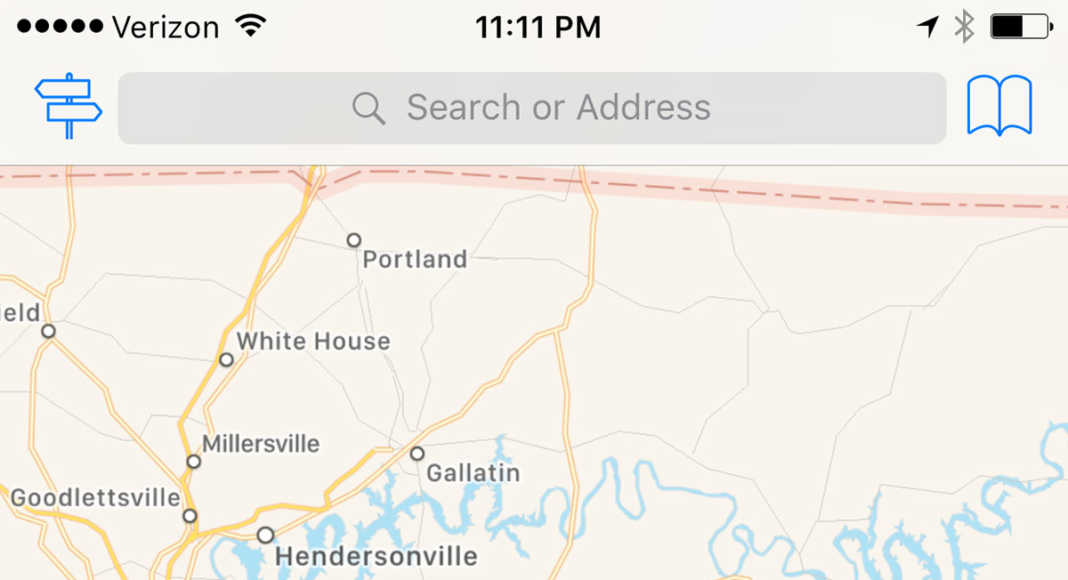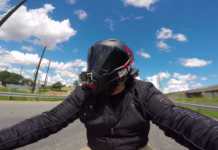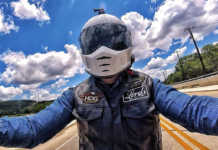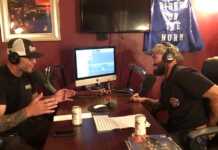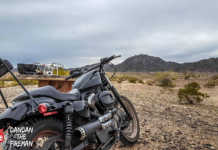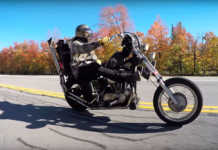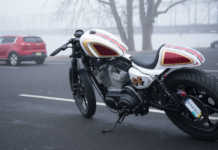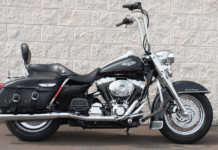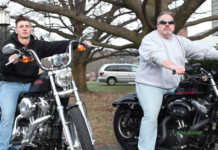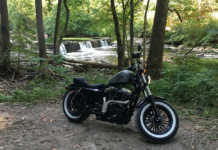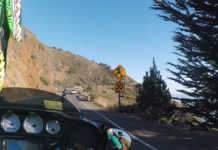In the movie Sound City, Mick Fleetwood has a brilliant quote that I think encompasses much more than just the process of making music.
“I think the downside these days is thinking that I can do this all on my own. Yes you CAN do this on your own, but you’ll be a much happier human being to do it with other human beings. And I can guarantee you that.”
When it comes to riding motorcycles, it’s easy to get caught up in the idea that all we need is a full tank of gas and an open road to be happy. While that might be true, there’s something to be said for gathering a group of your two-wheel family and going out on a group ride together.
My wife and I host a monthly ride in the Nashville area called The Sunday Ritual, and it’s been quite successful so far. I wanted to take the opportunity in this post to pass along some tips for planning and pulling off successful group motorcycle rides, in hopes that we can see more people coming together to enjoy this thing that we love.
What Are You Riding?
The biggest piece of advice that I can give you when planning a group ride is to know why you’re planning a group ride. Are you just gathering and going, or do you have a destination? The difference between these answers can make your life a whole lot easier.
Our goal with The Sunday Ritual is to get together once a month, ride some interesting roads and end up at somewhere for a meal together. We try to keep the meal price under $15 per person, and we try to vary the route of the ride between scenic, open roads and twisty, technical areas.
That said, we’ve also done a few group rides on The Natchez Trace where the entire goal was to meet up, ride The Trace to a specific area and then everyone goes their own way. While obviously a more simplistic ride, the benefit is that it requires far less planning.
Planning Your Route
As the ride leader, it’s your job to plan the route and then make sure that it’s shared to those people who want it. Route planning can be a simple thing, but more complex routes require the help of some tools, because most mapping systems default to a start and end point, with no ability to add waypoints in between. This is fine if you’re just headed from point A to point B, but group rides are usually much more about the journey than the destination.
Some tools that I’ve found to be useful:
Harley Ride Planner – The H-D Ride Planner is a pretty good tool, especially if you happen to ride with a standalone navigation system. It lets you plot waypoints and then you can export the route to a connected GPS device. You can also export the GPX file, which can be used by some mobile applications or other GPS devices. It’s also fairly easy, especially when using it on a computer, to edit your routes.
inRoute – Since I use my iPhone as my primary GPS, inRoute has been a life saver for me. It includes the waypoint function like the H-D ride planner, but it also has some nifty tools such as temperatures, curviness and elevation. Also, inRoute can export your route to a GPX file, or it can open the route in Apple Maps, Google Maps or Waze if you’re so inclined.
Rever – Rever is a bit more than just a planning app. It also includes social functions and challenges such as leaderboards for mileage. Rever also tracks your ride stats such as your average speed and distance traveled. I found it to be great, but the $59 per year price tag for the premium features was a bit steep for me. The advantage it has over inRoute, however, is that it works on both the desktop and mobile devices, including Android.
EatSleepRide – ESR is a bit of an oddball pick in this lineup, since it doesn’t let you plan routes. But it’s pretty good at letting you see the routes that others have taken, and then guiding you on them for your own journey. Like Rever, it includes a social network, but ESR is also a gateway drug. The app is free, but if you upgrade the app for $15 per year, you’ll get access to Crashlight Pro. Crashlight Pro is a feature that can detect when you’ve been in an accident, and it will send emergency notifications to numbers that you have specified. ESR’s Ride Tracking function is pretty great, giving you maps of where you’ve been as well as stats about your ride.
You should try your best to plan your route to match your audience. If you’re taking a group of newer riders out, tossing them onto the Tail of the Dragon is probably a bad idea. But long, sweeping curves and hill climbs can be entertaining enough without forcing them too far out of their comfort zone.
With your route planned, it’s time to move on to the next point.
Get Connected
As loathe as I am to recommend Facebook, it’s a pretty great tool for coordination. Our group page for The Sunday Ritual has the next ride as a pinned post, and the discussions related to the ride can be seen by everyone. That said, there are some other great options out there as well, so don’t think that Facebook is your only choice.
Essentially what you want is a way to organize things. You can set up GroupMe chats for your rides. Or you could look at something like Discord. While Discord is aimed at video gamers, it’s a great chat app where you can create different rooms, share files, post photos and generally communicate very well.
In the end, use whatever works best for you, but consider the fact that you have a wide group of people and you want to make sure that they can all get the information that they need.
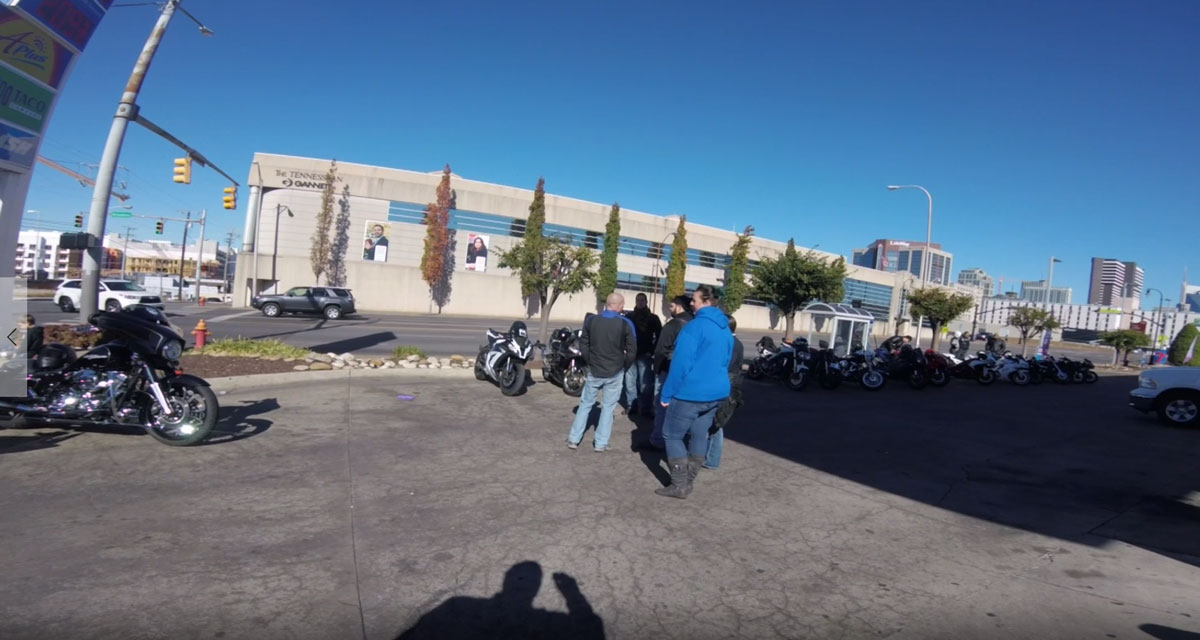
Meet Up, Roll Out
When I’m planning a ride, I like to make the meeting point at a gas station. It allows for a last-minute top off, restroom run and beverage break. I’ll typically set the meetup time 30 minutes before we plan to leave (kickstands up or KSU) for the ride.
As the ride leader, I’ll also take this time to gather everyone together, go over the route verbally and send the GPX file to anyone who needs it. At the very least, I make sure that we have 3 people with the route, so that we have someone in the middle and another at the end in case we get split by a stop sign, traffic or red light.
Planning Your Crew
If you’re leading a group ride, chances are you’ve got a few miles under your belt. But with that in mind, group rides tend to be incredibly popular for newer riders as a way to meet other bikers, so you’ll need to keep that fact in mind when you’re considering who rides where in the pack.
When we meet, I always make sure to ask if there’s anyone who is a first timer on a group ride, and I ask for newer riders to come talk with me. I want to keep my newer riders toward the front of the pack so that they’re not left behind. I also assign a “tail gunner”. This person rides in the last position of the pack, and they make sure that nobody falls behind them. The tail gunner is an experienced rider, and usually carries tools and emergency gear with them as well. For this one, rely on your bagger buddies. Chances are at least one of them could rip a bike down to the frame and rebuild it on the side of the road with the tools in their saddlebags.
Ride Your Ride
I’m not just talking about KSU and taking off, I’m also talking about my approach to group rides. The Sunday Ritual is usually a mishmash of sport bikes, cruisers, choppers and everything in between. As such there are a lot of different riding styles in one group. Unless we’re doing a Harley Ride or Cruiser Ride, I make it clear that everyone should “ride your ride” as long as they know where they’re going.
The standard method for us to make this work is to call out meeting points along the route. For instance, if the knee draggers want to burn through the twisties and leave us Harley folks behind, feel free. Just wait up for us at a specific gas station or intersection where they can safely pull off to do so. The method to this madness is that I feel responsible for making sure that everyone gets home safe, so I don’t want people disappearing mid-ride without someone being aware of where they went.
What I’ve found by using this method is that it’s less stress on me as the ride leader, and it allows people to still get the enjoyment out of the ride as intended. Let’s face it, the lady on the BMW S1000 is going to be pretty bored if I tried to make her stay behind me while I carve turns at 45 because I’m two-up on a cruiser with 31 degrees of lean angle.
Get Feedback, Do It Again
This is probably the most important part. After every ride, I like to solicit feedback from the group. Did they like the route? How about the destination? What would they have changed? Was there something in particular that stood out, good or bad? My goal as a ride leader is to make sure that the ride is the best that it can be, and without this feedback it’s easy to get stuck into a rut.
Last but not least, just go ride. Whether you have three people or thirty three, being out on two wheels is one of the best things in life. Get out there, enjoy it and share it with everyone you can.
